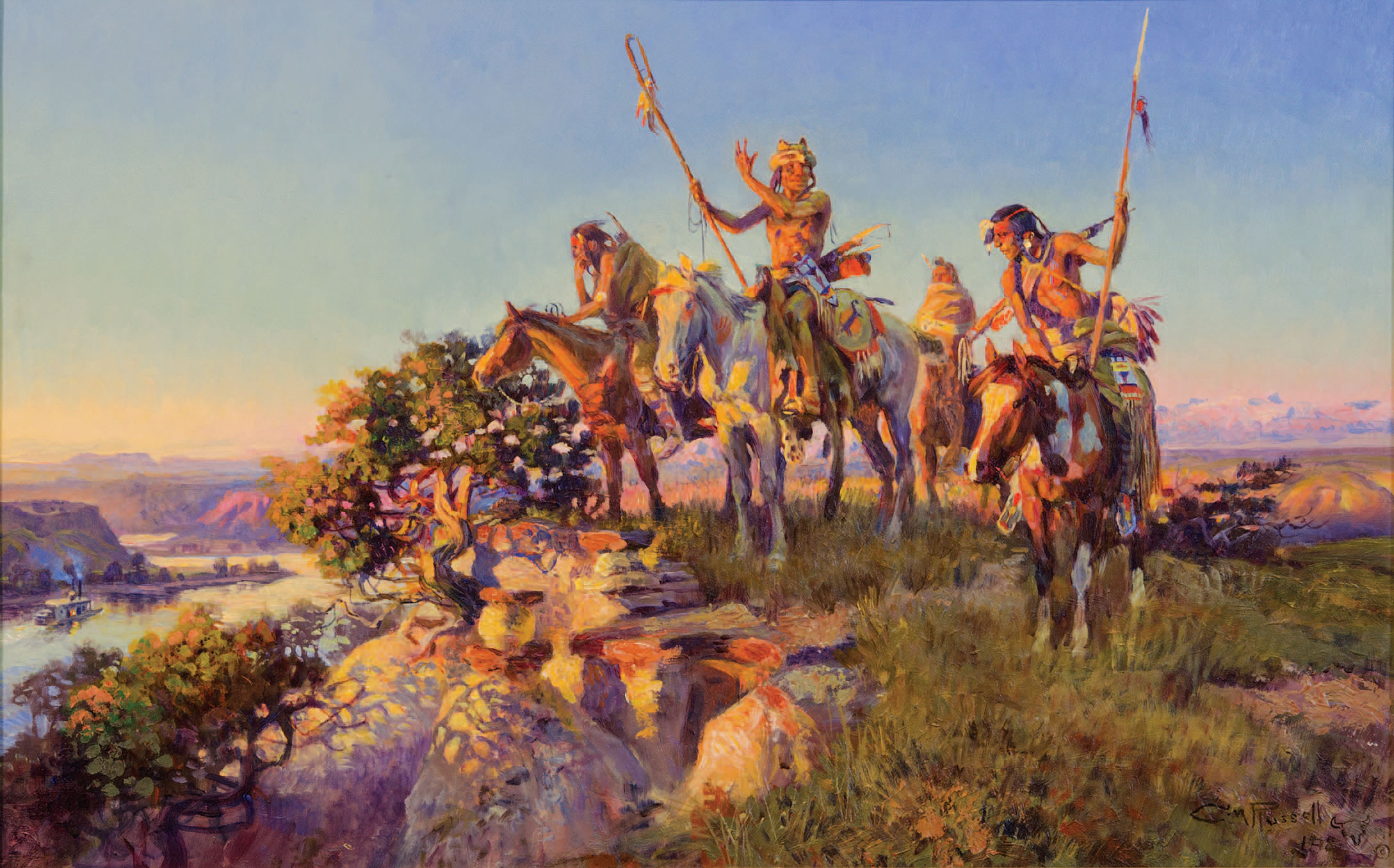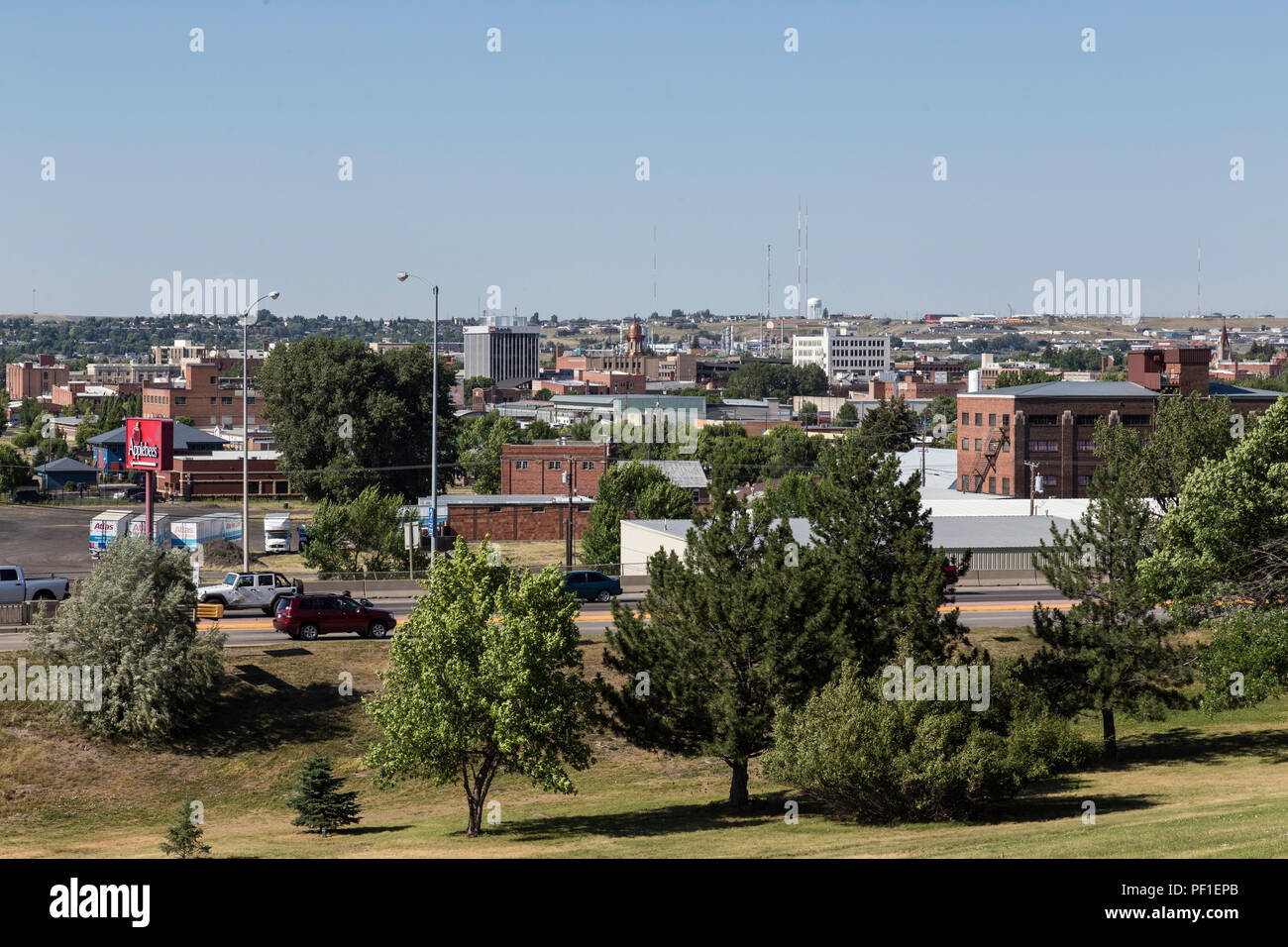Great Falls, Montana: A City Woven With Native American History
Great Falls, Montana: A City Woven With Native American History

Great Falls, Montana, is a vibrant city nestled along the mighty Missouri River. Known for its stunning natural beauty, bustling downtown, and rich history, the city boasts a fascinating connection to Native American heritage. But how many Indian reservations are actually located in or around Great Falls? This question often pops up, and it’s a great one! Let’s dive into the details.
Understanding the Landscape
Related Articles: Great Falls, Montana: A City Woven With Native American History
- Uncover the Treasures of Queen Indian Restaurant Jakarta: An Indian Culinary Journey Awaits
- Discover the Enchanting Blackfeet Indian Reservation: Unveiling Its Cultural Treasures and Natural Wonders
- Unveiling the Largest Indian Reservation in Montana: Discoveries and Insights
- Uncover the Enchanting World of the Indian Reservation in Trinidad, Colorado
- Unlock the Secrets of the Indonesian Islamic Calendar 2023
First off, it’s important to clarify that there are no Indian reservations located within the city limits of Great Falls. However, the city is surrounded by a rich tapestry of Native American culture and history. Several federally recognized tribes have ancestral lands, treaty territories, and cultural connections to the region.
The Blackfeet Nation: A Powerful Presence
Just a short drive from Great Falls, on the eastern side of the city, lies the Blackfeet Indian Reservation. This vast reservation spans over 1.5 million acres and is home to the Blackfeet Nation, one of the most powerful tribes in the region. The Blackfeet have a long and rich history in the area, dating back centuries. Their culture, traditions, and language are still vibrant today, and the reservation is a vital center for Blackfeet community life.
The Fort Belknap Indian Community: A Resilient Tribe
Further north, on the other side of Great Falls, lies the Fort Belknap Indian Reservation. This reservation is home to the Assiniboine and Gros Ventre Tribes, known collectively as the Fort Belknap Indian Community. These tribes have a unique history and culture, and they’ve faced many challenges throughout the years. The Fort Belknap Indian Community is known for its resilience and its commitment to preserving its traditions.
The Chippewa Cree Tribe: Guardians of the Land
Another important tribe with a strong presence in the region is the Chippewa Cree Tribe, located on the Rocky Boy’s Indian Reservation. While not directly adjacent to Great Falls, the reservation is located about 100 miles north, and the Chippewa Cree Tribe has a strong connection to the city and surrounding area. The tribe is known for its dedication to environmental stewardship and its commitment to preserving its cultural heritage.
More Than Just Reservations: A Tapestry of History

While there aren’t any Indian reservations within Great Falls itself, the city’s surrounding area is steeped in Native American history. The Lewis and Clark National Historic Trail winds through the region, offering glimpses into the history of Native American life and their encounters with early explorers.
Connecting with Native American Culture
Great Falls offers several opportunities to learn about and appreciate the rich Native American heritage of the region:
- The Great Falls Museum of History: This museum features exhibits on the history of the region, including the role of Native American tribes in shaping the area.
- The Blackfeet Nation Cultural Center: Located on the Blackfeet Indian Reservation, this center offers a glimpse into the rich culture and traditions of the Blackfeet people.
- The Fort Belknap Indian Community Cultural Center: This center showcases the history and culture of the Assiniboine and Gros Ventre Tribes.
- The Rocky Boy’s Indian Reservation: The reservation offers opportunities to connect with the Chippewa Cree Tribe and learn about their unique culture and traditions.
- Local Native American artists and craftspeople: Many Native American artists and craftspeople live and work in the Great Falls area. Their work offers a beautiful and authentic window into their culture.

Beyond the Reservations: A Shared History
The history of Great Falls is inextricably intertwined with the history of Native American tribes in the region. The city’s name itself is a testament to the power of the Missouri River, a vital resource for Native Americans for centuries. Understanding the history of Native American tribes in the area is essential to understanding the city’s past, present, and future.
A City Embracing Its Heritage
Great Falls, Montana, is a city that embraces its rich history and its connections to Native American culture. While there are no Indian reservations within the city limits, the surrounding area is home to several federally recognized tribes, each with a unique history, culture, and connection to the land. By exploring the region’s Native American heritage, visitors and residents alike can gain a deeper understanding of the city’s past and its vibrant present.
FAQ: What You Want to Know
Q: Are there any casinos on Indian reservations near Great Falls?
A: Yes! The Blackfeet Indian Reservation has the Blackfeet Casino, and the Fort Belknap Indian Reservation has the Fort Belknap Casino. Both casinos offer a variety of gaming options, as well as dining and entertainment.
Q: Can I visit the Blackfeet Indian Reservation?
A: Yes, the Blackfeet Indian Reservation welcomes visitors. It’s important to be respectful of the tribe’s culture and traditions when visiting. You can learn more about visiting the reservation by contacting the Blackfeet Nation Cultural Center.
Q: Can I visit the Fort Belknap Indian Reservation?
A: Yes, the Fort Belknap Indian Reservation also welcomes visitors. The Fort Belknap Indian Community Cultural Center offers tours and information about the reservation.
Q: Are there any Native American-owned businesses in Great Falls?
A: Yes! Great Falls is home to several Native American-owned businesses, including restaurants, shops, and art galleries. Supporting these businesses is a great way to contribute to the local economy and learn more about Native American culture.
Q: How can I learn more about the history of Native American tribes in the Great Falls area?
A: There are many resources available to help you learn more about the history of Native American tribes in the Great Falls area. The Great Falls Museum of History, the Blackfeet Nation Cultural Center, and the Fort Belknap Indian Community Cultural Center are all excellent starting points. You can also find information online and in local libraries.
Exploring Beyond the City Limits
Great Falls is a gateway to the stunning beauty and rich history of Montana. By exploring the region’s Native American heritage, visitors and residents alike can gain a deeper understanding of the city’s past and its vibrant present. So, next time you’re in Great Falls, take a moment to learn about the tribes that have called this land home for centuries. You’ll be surprised by what you discover.

Closure
Thus, we hope this article has provided valuable insights into Great Falls, Montana: A City Woven With Native American History. We hope you find this article informative and beneficial. See you in our next article!


